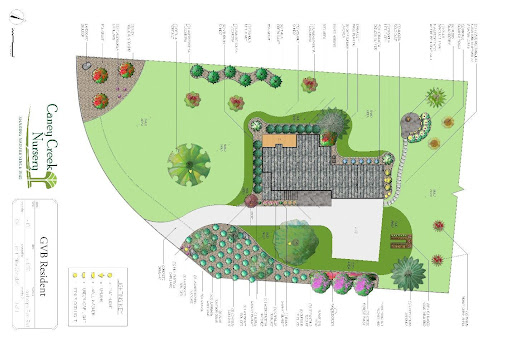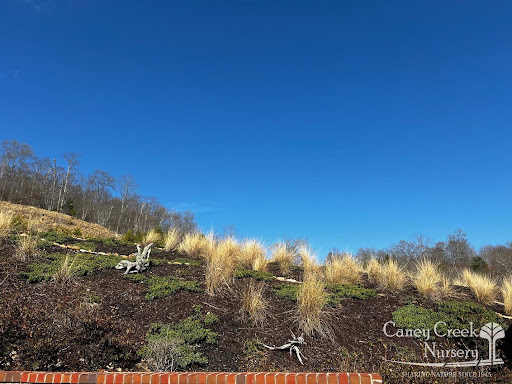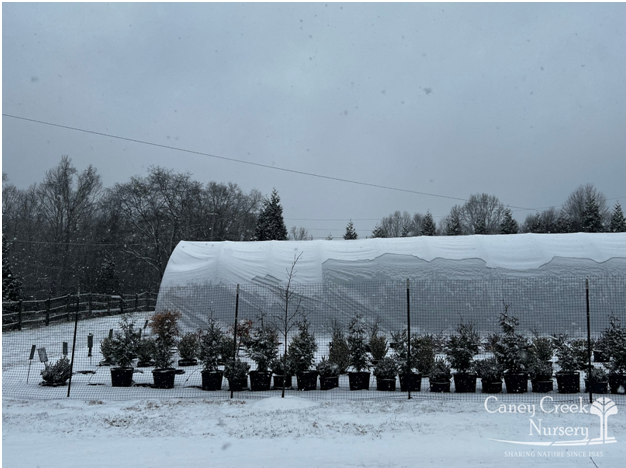When planning a landscaping and hardscaping project, a landscape plan is one of the most critical components to ensure success. Whether you are redesigning your backyard, installing a patio, or adding new features like walkways and garden beds, having a detailed plan helps achieve a cohesive, functional, and aesthetically pleasing outdoor space. In this article, we’ll discuss why a landscape plan is essential and how it benefits your project.
What Is a Landscape Plan?
A landscape plan is a comprehensive blueprint that outlines the design, layout, and features of your outdoor space. It includes key elements such as plant placement, hardscape features, irrigation systems, lighting, and more. A well-crafted plan not only serves as a guide for construction but also ensures that all elements work harmoniously together.
Benefits of Having a Landscape Plan
1. Ensures a Cohesive Design
Without a landscape plan, your outdoor space may end up looking disjointed. A plan ensures that all landscaping and hardscaping elements complement each other in terms of style, scale, and function. Whether you prefer a modern, rustic, or traditional look, a well-designed plan will help bring your vision to life.
2. Helps with Budgeting
Landscaping projects can be costly, but a landscape plan helps manage expenses effectively. By mapping out every element in advance, you can allocate your budget wisely, avoid unnecessary costs, and ensure that you’re not overspending on certain areas while neglecting others.
3. Maximizes Space Utilization
A properly designed landscape plan makes the best use of available space, whether you have a small backyard or a sprawling garden. It ensures that all elements, from walkways to seating areas, are placed strategically for optimal functionality and aesthetic appeal.
4. Enhances Property Value
A well-executed landscape plan can significantly boost your property’s curb appeal and market value. Potential buyers appreciate an outdoor space that is thoughtfully designed, as it adds to the overall usability and attractiveness of the home.
5. Prevents Costly Mistakes
Without a clear landscape plan, you might make impulsive decisions that lead to costly errors. For example, planting trees too close to a foundation could cause long-term structural issues, or improper drainage planning might result in water pooling. A detailed plan helps prevent these mistakes before they happen.
6. Improves Sustainability
A landscape plan, plan also considers environmental factors such as water conservation, soil health, and eco-friendly materials. Proper planning ensures that your landscaping is sustainable, reducing maintenance costs while benefiting the environment.
Key Elements of a Landscape Plan
A well-structured landscape plan typically includes the following elements:
- Site Analysis: Assessment of the existing landscape, soil quality, drainage, and climate.
- Hardscape Features: Placement of patios, walkways, retaining walls, and other non-living elements.
- Softscape Elements: Selection and arrangement of plants, trees, shrubs, and lawns.
- Irrigation and Drainage: Planning for water management and irrigation systems.
- LED Lighting: Outdoor lighting for aesthetics, safety, and functionality.
- Zoning and Functionality: Defining different areas such as entertainment spaces, garden beds, and pathways.
How to Create an Effective Landscape Plan
1. Define Your Goals
Before starting, identify what you want to achieve. Are you looking to create a relaxing retreat, an entertainment area, or a low-maintenance yard? Clarifying your goals helps shape the design.
2. Consider Your Budget
Establish a budget early in the planning stage. Determine how much you can invest in both landscaping and hardscaping to prevent overspending.
3. Hire a Professional
While DIY landscaping is possible, working with a professional landscape designer ensures a polished and functional result. Experts understand how to balance aesthetics with practicality.
4. Choose Suitable Plants and Materials
Select plants and materials that thrive in your local climate. Native plants and durable hardscaping materials will reduce maintenance and enhance longevity.
5. Plan for Maintenance
A landscape plan should also include a long-term maintenance strategy. Choose elements that fit your desired level of upkeep, whether you want a lush, high-maintenance garden or a simple, low-maintenance design.
Conclusion
A landscape plan is an invaluable tool for any landscaping and hardscaping project. It provides a clear vision, helps manage costs, maximizes space, and prevents common mistakes. Whether you’re upgrading your backyard or designing a new outdoor space from scratch, investing time in a detailed landscape plan will ensure a successful, beautiful, and functional outcome. If you’re ready to start your landscaping project, consider working with a professional to develop a plan that aligns with your vision and budget. Contact us today to set up your design consultation and take the first step toward developing your landscape plan.





